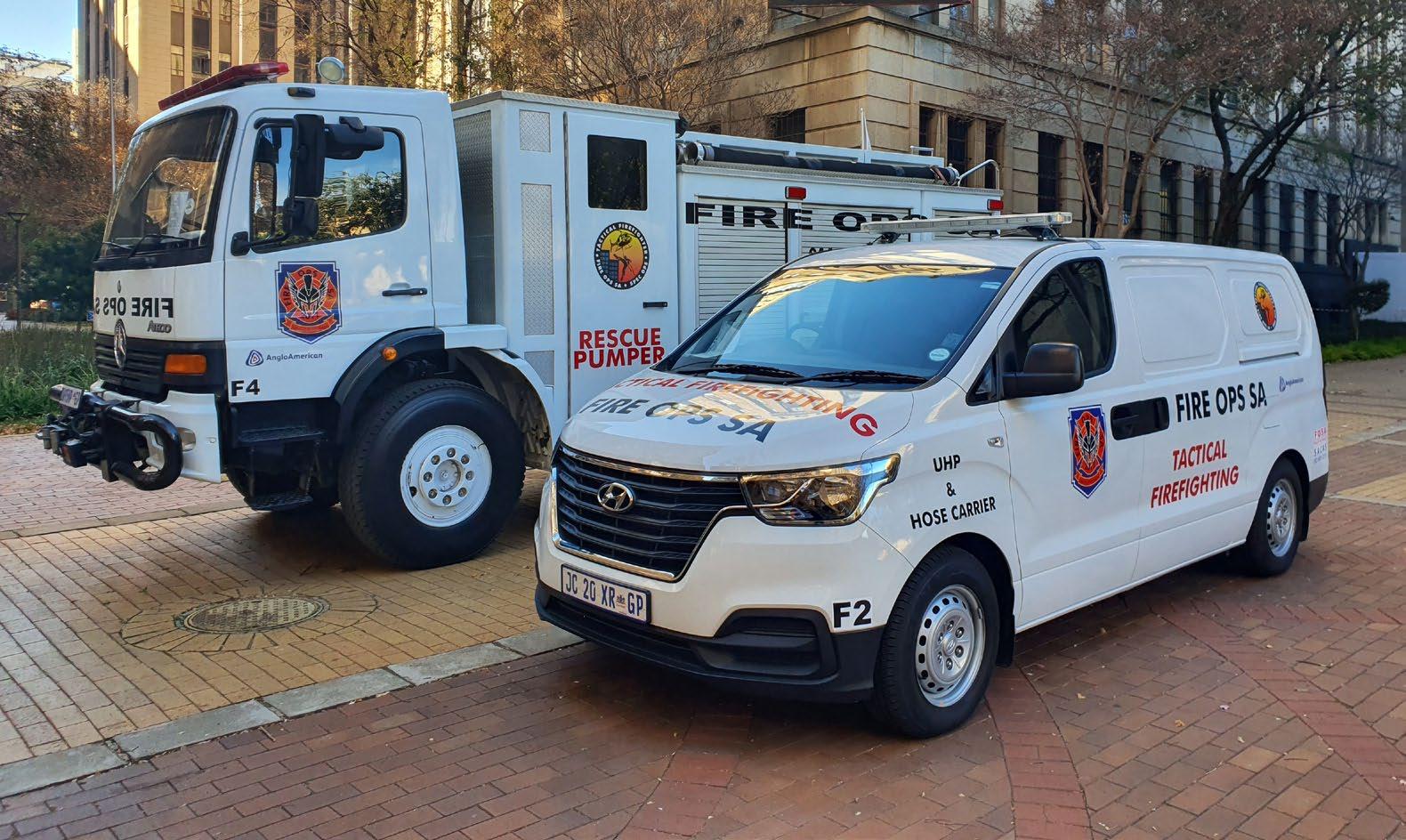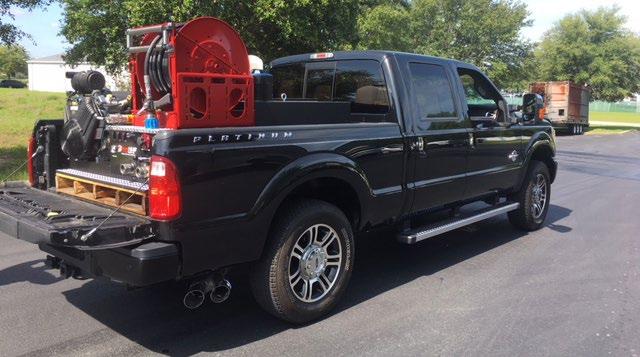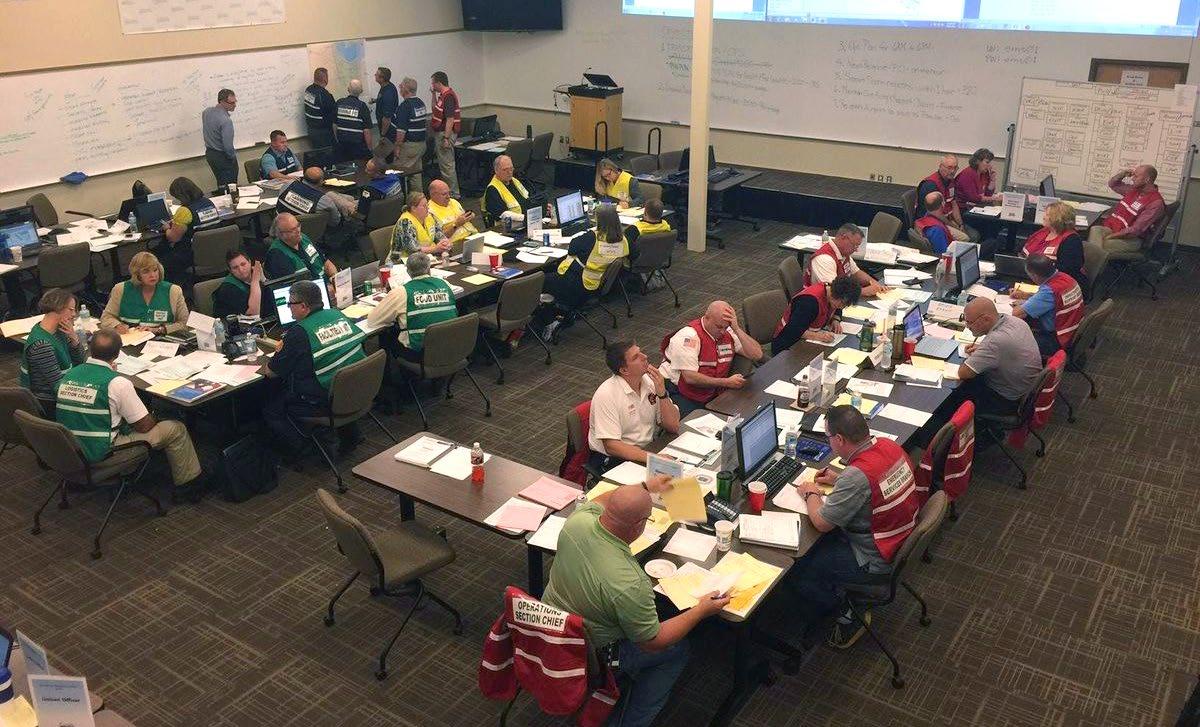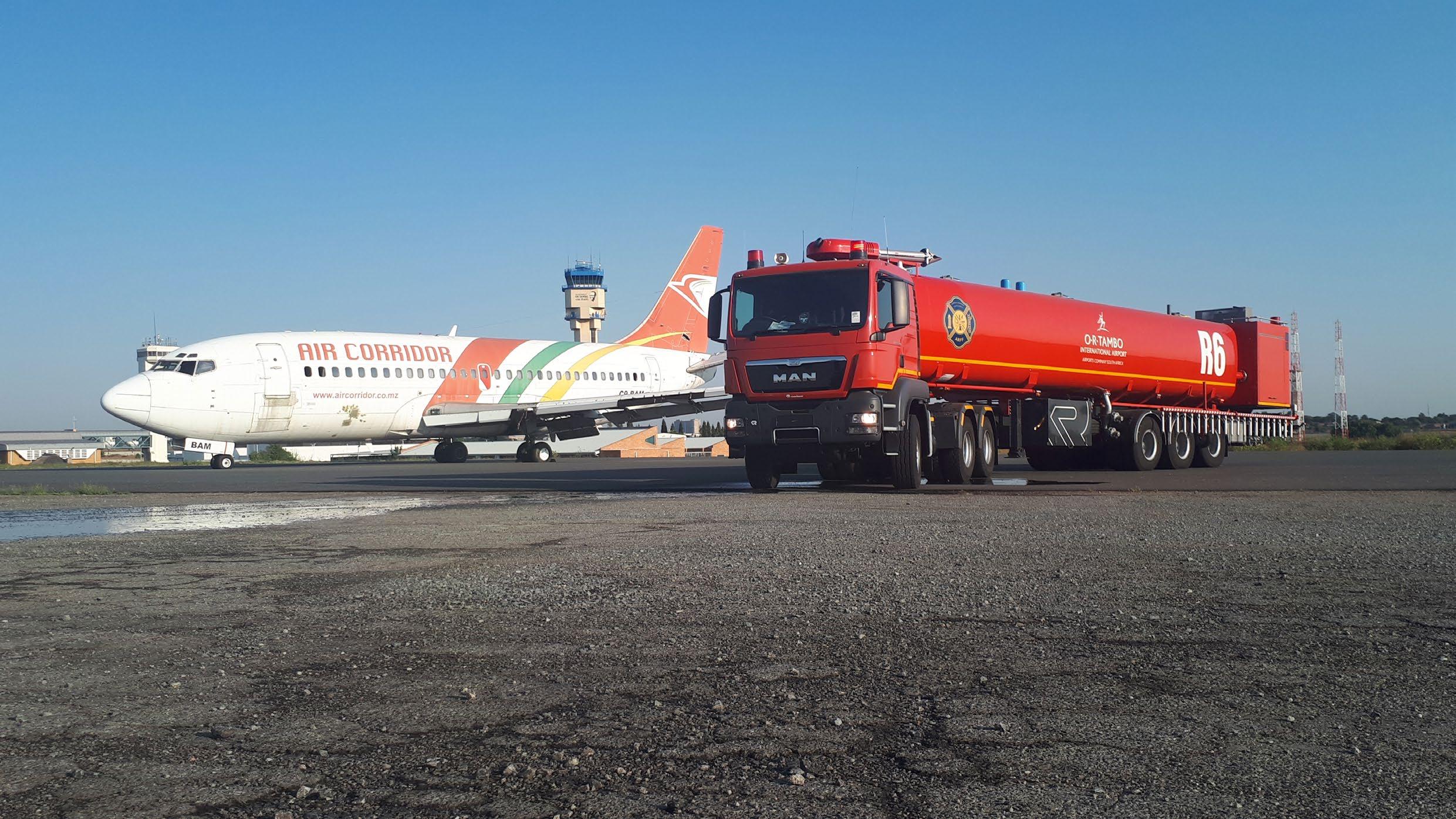
6 minute read
Rapid intervention with ultra-high pressure
Rapid intervention with ultra-high pressure, reducing potential flash overs
By Chief Wynand Engelbrecht, CEO, Fire Ops South Africa
Advertisement
This is not a technical paper; it is a general discussion regarding our approach in defining fire fighting operations.
Fire fighting, like anything else in life, ought to be based on philosophy, which then further determines what strategy one would pursue to be successful. Haphazardly turning out to a scene, whether it be done using very modern apparatus or not, is in and of itself of little value, if the responders are not thoroughly schooled in tactics, under-pinned by a well-defined strategy.
After careful consideration over many months, we, at Fire Ops SA, decided to implement an approach based on the research work done by Underwriters Laboratory (UL) in the United States and Eddie Buchanan of Hanover Fire Department (USA). The research resulted in the fire attack principle “sizeup, locate the fire, isolate the flow path, cool from a safe distance, extinguish” abbreviated to SLICE-RS. We needed to make some adjustments, based on the following reasoning: the research done by UL was still based on flowing 125gpm to 250gpm through 65mm and 38mm lines at low volumes (500kPa to 800 kPa). In our opinion, even that theory may already be outdated, although it was concluded just over a decade ago.
The National Institute of Standards and Technology USA (NIST), in cooperation with the Fire Department New York (FDNY) and the Chicago Fire Department, has completed immensely important research on ventilation of fires as an operational tactic, during the eighties and nineties. For at least two decades ventilation was considered to be one of the more crucial elements of the fire fighting operation. Size-up, followed by rescue, exposures, containment, extinguish, overhaul - ventilation and salvage (RECEO-VS), was an approach followed from the late forties already. There are still major fire departments in North America where ventilation is favoured by individual officers. The dilemma is that one cannot simply dismiss ventilation, as it still remains a major factor for consideration but is a context different from the beaten path.
The work done by UL is mostly an extension of the theories of the late Chief Lloyd Layman of Parkersburg, West Virginia, who in 1950 presented a paper titled “Little drops of Water” at the Fire Department Instructors Conference (FDIC) in Memphis, Tennessee. It was a turn-around theory which purported in-direct fire attack as its basis, where the tremendous heat-absorbing properties of water mist and steam was lauded as the solution for the future.
Well, the future has arrived.
Our philosophy We opt for an approach that is well-defined in international texts as ‘transitional fire fighting’. Much has been said about this topic, even in our country but little has in fact been done about implementing true transitional operations.
Under RECEO-VS, rescue was considered the most important element following on the size-up. Under SLICE-RS rescue is considered to be ‘an activity of opportunity’ and we agree with this position.
Our strategy The subject is immensely complicated, as there may be transitions between external fire attack tactics and external exposure defense tactics, external direct attack and external indirect attack, internal direct and internal in-direct attack, flowing minute amounts of water at ultra-high pressures (UHP) and ultra-high velocity (UHV) and, on the other hand, the conventional methods of flowing higher volumes at lower pressures, using 38mm attack lines and akromatic nozzles.
Rapid intervention is a base element in our tactical approach, enhanced by the use of the Pyrolance/UHP system
Attacking a fire using diminished diameter reinforced attack lines and specialised nozzles requires that the nozzle operators (we refer to them as UHP technicians), need to be absolutely au fait with fire spread potential and the potential for flashover. By ‘neutralising’ the thermal layer directly and subjecting the flame to secondary attack, this potential is mitigated. It is of utmost importance that the crews must have access to thermal imaging cameras as well. This type of operation cannot possibly be left in the hands of fire fighters who are not very specifically trained with the equipment later discussed herein.
The applied tactics The term ‘rapid intervention’ is loosely thrown around as if every second pick-up bakkie simply qualifies as a ‘rapid intervention vehicle’ (RIV) by virtue of it carrying two fire extinguishers. UHP operations differ massively from convention. The equipment we utilise is fitted on a Hyundai H-1 2,5 diesel panel van with automatic transmission. The vehicle lends itself perfectly to the principle of an RIV.
Rapid intervention is a base element in our tactical approach, enhanced by the use of the Pyrolance/UHP system. It comprises a pump system, water reservoir and two delivery lines. One line feeds the lance, which is used to gain access to the fire compartment through an external wall or window frame. It affords the fire fighter safety in that he is not exposed to the fire at all. Once the 3mm hole has been ‘drilled’ through the wall (it takes a few seconds only), a relatively small amount of water is released into the chamber at a working angle of approximately 20 degrees, directing the mist under force, into the smoke column or thermal layer. This action decreases the chamber temperature from say 800 degrees Celsius to around 120 degrees Celsius in moments, depending on the compartment size. The flash-over potential in the thermal layer is fully mitigated by this.
The second line feeds the Blitz nozzle, delivering 40lpm at 100 bar. The Blitz crew stands ready to enter the compartment once communication is received from the lance technician that temperature reduction has been successful. The lance operation is terminated. The Blitz operator is already inside the house, waiting in the passage (in the event of a house fire). The Blitz crew sprays the door frame with the door still shut; this also effects internal cooling of the roof and further diminishes flash-over potential. They now open the door, enter the room and extinguish the fire under more bearable conditions.
Ventilation: the operation requires complete control over the thermal layer and the fire flow path. Fire fighters trained in ‘cold zone operations’ staple down the fire room externally. This means they use our fire sheet and Hilti gun and staple the sheet over the window of the fire room. If more windows need to be stapled down this is also done. Vertical and horizontal ventilation is only effected as an activity of opportunity, and only under strict supervision of the incident commander. The fire sheet can also be used internally in the event where doors have burnt away and the fire flow path control is compromised.
Communication: reporting the fire There is no point in dispatching an RIV team if the caller’s call has not been processed in good time and if the dispatch team is not absolutely ‘on top of it’. The process should take no longer than one minute as dispatching and response will also take up valuable time. We have developed a smart phone app comprising a reporting button and back-office incident management, over a period of many years. Our (paying) clients have access to the app. We pride ourselves in the time-line when reporting a fire: 60 seconds from the caller to the crew, complete with address and coordinates for response.
The challenge is that in order for the crew to successfully mitigate flashover potential, they have to enter the fire structure within ten minutes of the fire having started.
In conclusion Our corporate client, Anglo American, financed the UHP/Pyrolance unit for us; it also stands in on the rental contract on the H-1 on which the unit is mounted. It would take up far too much space to lay out the entire operation and how support staff and support vehicles are used in the operation, in this article. Suffice it to say the officers’ corps of Fire Ops SA takes its responsibility seriously; they commit themselves to being ‘betterthan-what-we-were-yesterday’.
The UHP PyroLance system fitted in the RIV












